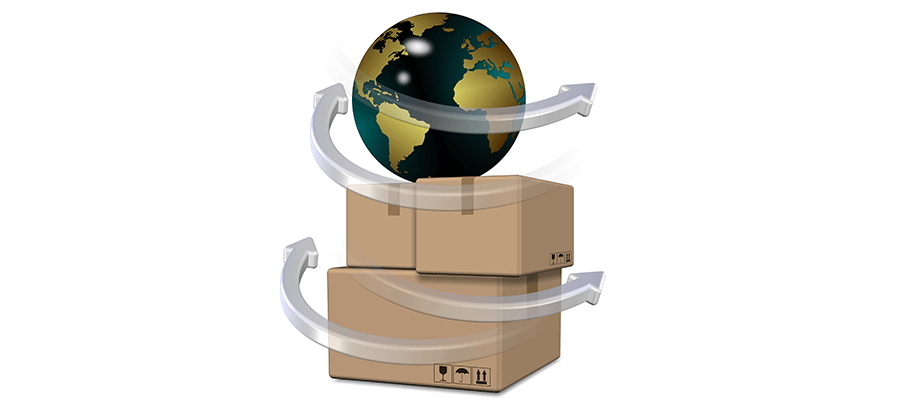In this digital age the distribution model for businesses is being transformed, bringing with it a change in both consumer and business buying practices.
The role of the Internet
Today it’s standard practice for a number of purchases to be placed via an app on a phone, or, if we are being old-fashioned, via the Internet. So rather than make several deliveries to a specific number of stores, the distributor has to cope with distribution to thousands of customer addresses.
Global Trading
It’s not much different in a business-to-business environment where global trading has become so easy over recent years. Because of technology and communication changes, we are better able to interrogate disparate systems throughout the supply chain, which makes the order process slicker, and geography means less than ever. This presents bigger challenges for logistics.
Direct ordering from the manufacturer
In the past, carriers transported bulk shipments from one distributor to another across the oceans. This model enabled local distribution of globally produced products at reasonable margins. Now, with more and more consumers and small businesses buying smaller quantities direct from manufacturers, the distribution challenge becomes critical in maintaining margins.
The role of third party logistics
As the distribution market revolutionizes, we’ll see more smaller businesses broaden their use of technology to support customer demands. As a result, third-party logistics providers are offering increasingly sophisticated products (once reserved for corporates) into the small and medium business market. However, to take full advantage of these product offerings, businesses require a business software system that can easily integrate with their logistic partners’ software.
Customers up and down the supply chain also expect to be able to track orders through portals, to have updates sent to their mobile phones or statuses maintained on their ERP software.
A comprehensive, fully integrated ERP system can go a long way to solving many of these distribution challenges:
- Collaborating electronically with customers and suppliers
- Analysing sales and reaching optimal pricing
- Managing chargebacks and returned merchandise
- Managing multiple currencies and exchange rates
- Controlling diverse inventories across multiple locations
- Improving inventory turnover and minimising obsolescence
- Managing traceability of your merchandise
- Managing goods in transit
- Reducing inventory replenishment errors
Assuming we are still a long way off from being able to break down any physical item into an electronic pattern which can be teleported across the globe, the disconnect between a highly individualised, automated purchasing model and traditional distribution methods will continue to grow. Solving this disconnect will be the big challenge in distribution over the next decade.







